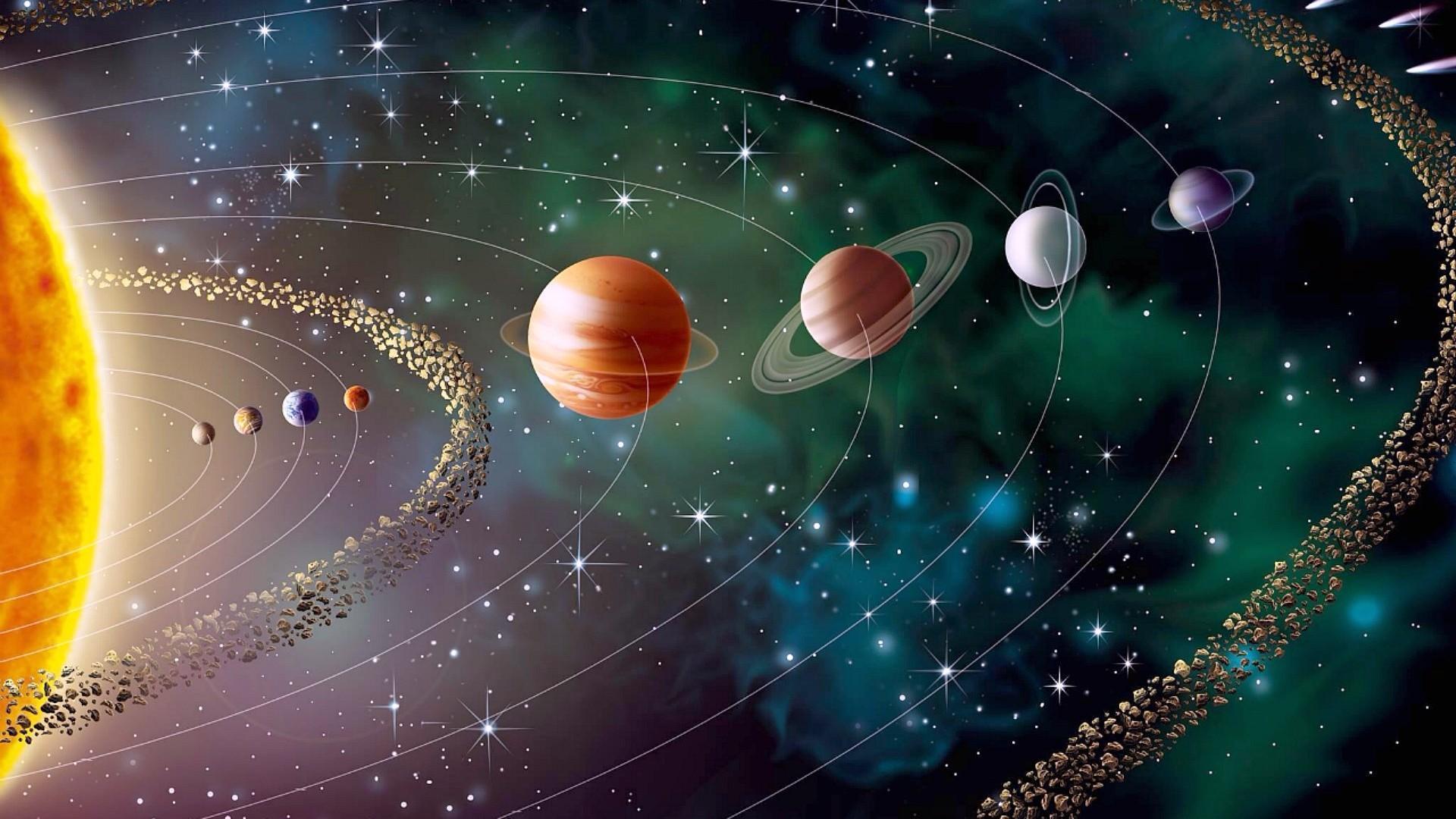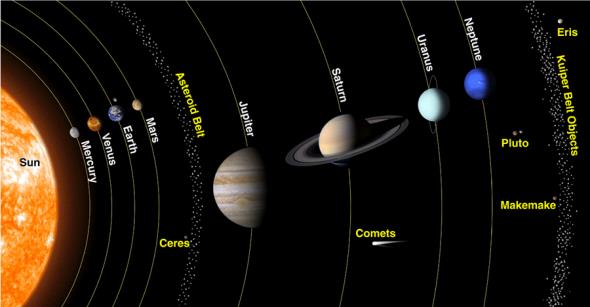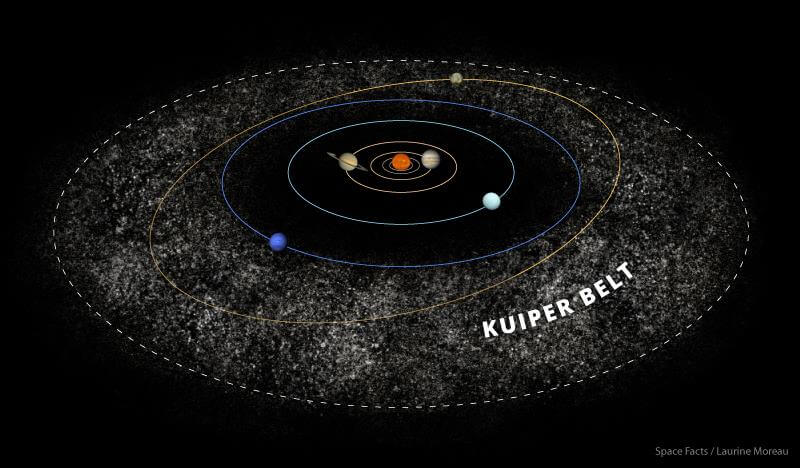Solar System Formation: Nuclear Disc Model (neo-Laplacian model)

Formation of the Solar System: Nuclear Disc Model (neo-Laplacian model)
- Nebular Theory of Laplace (1796) tried to explain the formation of the solar system. But it had many drawbacks as the theory was based on scientifically erroneous assumptions.
- But one assumption it got right was that the solar system was born from a giant gas of dust called as nebula.
- A giant interstellar cloud known as the solar nebula (a vast, swirling cloud of gas and dust) gave birth to our solar system and everything in it.
- The nebula started its collapse and core formation some 5-5.6 billion years ago and the Sun and the planets were formed about 4.6 billion years ago.
- The nebula began to collapse (gravitational collapse) in on itself after becoming gravitationally unstable.
- This was possibly because of a nearby supernova sending shock waves rippling through space.
- Gravity then caused dust and gas to coalesce to the centre of the nebular cloud.
- As more matter got pulled in, the centre got denser and hotter, increasing the gravity and pulling even more dust inwards causing a snowball effect.
- About 99.9% of the material fell into the centre and became the protosun (no sunlight yet).
- Once the centre of the cloud became hot enough it triggered nuclear fusion, and the Sun was born.
- The 0.1% of matter that remained orbited around the Sun, causing the randomly shaped gas cloud to form a flat disc shape.
- This flat disc, called the protoplanetary disc, was where the planets formed.
- Within the solar nebula, the dust particles in the gas occasionally collided and clumped together.
- Through this process called accretion, the microscopic particles formed larger bodies that eventually became planetesimals (infant stage of a planet) with sizes up to a few kilometres across.
- As the disc continued to cool, the planetesimals grew in size through accretion to form protoplanets.
- Gradually they got larger and larger, sweeping up all the leftover dust, other protoplanets, planetesimals until they grew into the planets.
- In the inner, hotter part of the solar nebula, planetesimals were composed mostly of silicates and metals.
- In the outer, cooler portion of the nebula, water ice was the dominant component.
- The hot, rocky material near the centre of the solar system gave rise to terrestrial planets with metal cores (mostly composed of iron and nickel): Mercury, Venus, Earth and Mars.
- And on the cool edges, the gas and ice giants were born: Saturn, Jupiter, Neptune, and Uranus.
- Rocks that escaped the pull of planets were left as asteroids, scattered through the solar system.
- Many of these rocks orbit the Sun in an area between Mars and Jupiter known as the asteroid belt.

Formation of the Solar System: Nuclear Disc Model
Iron Catastrophe and Planetary differentiation
- When Earth was formed about 4.5 billion years ago, it was a uniform ball of hot rock.
- Radioactive decay and leftover heat from planetary formation caused the ball to get even hotter.
- Eventually, after about 500 million years, our young planet’s temperature heated to the melting point of iron — about 1,538° Celsius.
- This pivotal moment in Earth’s history is called the iron catastrophe.
- The iron catastrophe allowed greater, more rapid movement of Earth’s molten, rocky material.
- Relatively buoyant material, such as silicates, water, and even air, stayed close to the planet’s exterior.
- Droplets of iron, nickel, and other heavy metals gravitated to the centre of Earth, becoming the early core.
- This important process is called planetary differentiation.
Components of the Solar System
- Our solar system consists of the sun, eight major planets, dwarf planets (Pluto, Ceres, Eris etc.), satellites and countless minor planets, asteroids, meteors, comets and debris.


Components of the Solar System